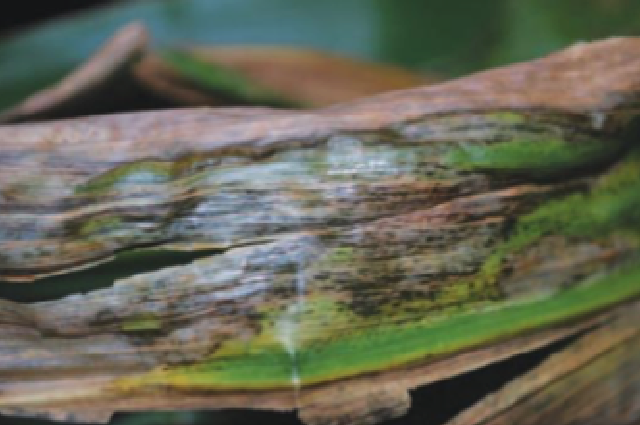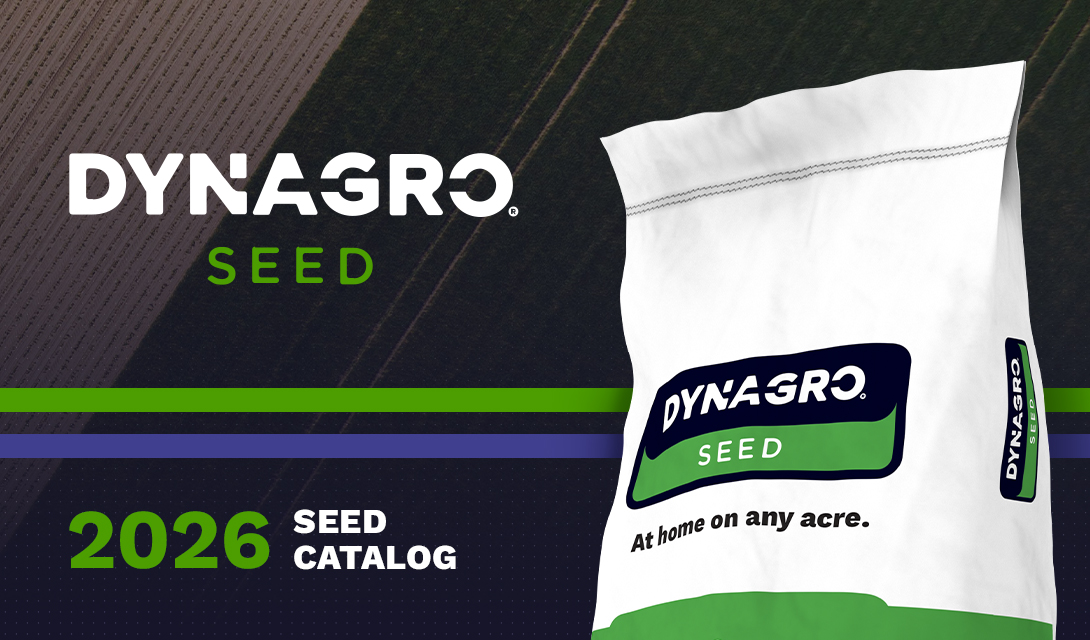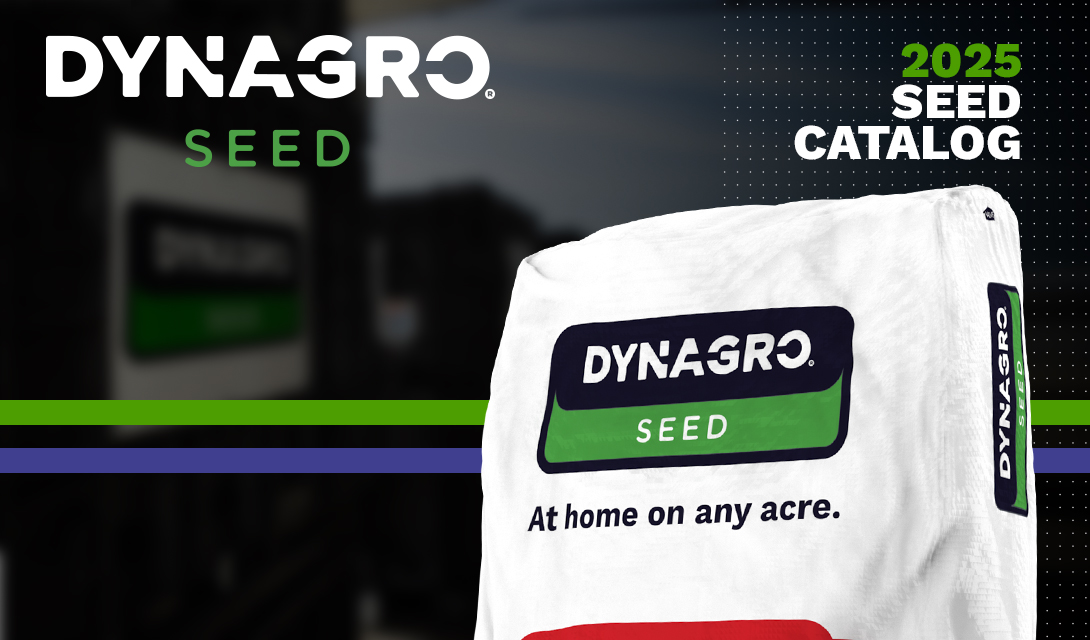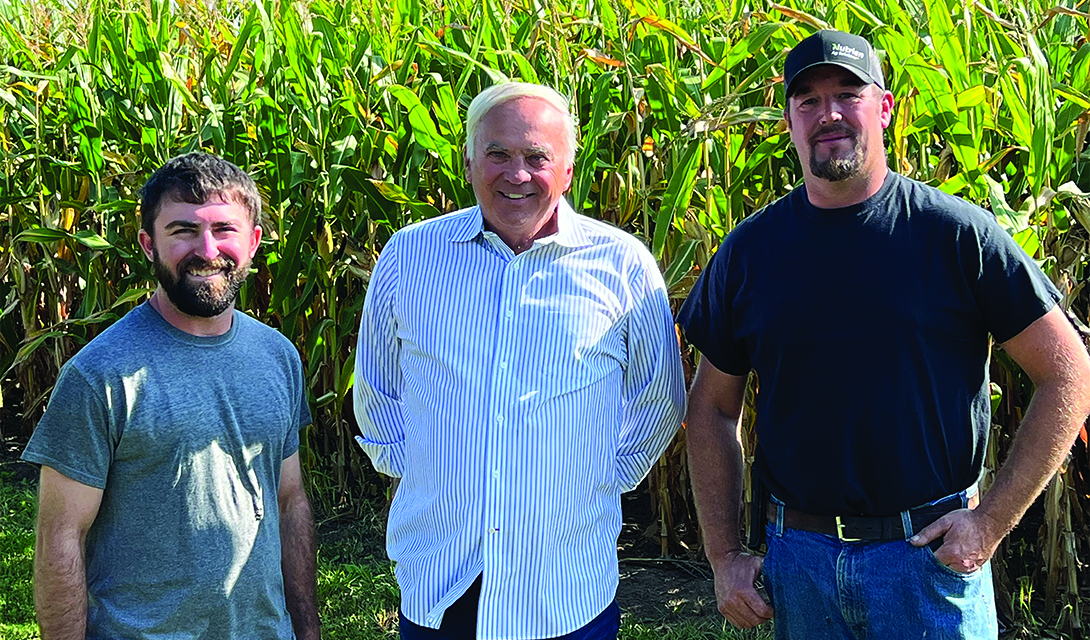Cause: Bacterium Corynebacterium nebraskense.
Survives: In infected residue on the soil surface and possibly in the seed.
Spread: Splashing water and wind blowing infected residue. Seed may also spread bacterium.
Environment: Wet weather, Sand blasting and Hail wounds predispose plants to infection.
Symptoms: Wilting, stunting and a variety of leaf symptoms are associated with this disease. Dark green to black, water-soaked angular spots with a greasy look appearing on leaves. As spots enlarge, they coalesce forming large lesions that turn brown. Water-soaked streaks, parallel to the leaf veins, occur on the leaves. Droplets of bacterial exudate may appear on the surface of the disease tissue as black spots. As droplets dry, they leave a crystalline substance that glistens in direct sunlight. Affected plants may be stunted.
Control: There are no in-season control options available to the grower. Foliar fungicides are not effective in the control of this disease. Best defense against Goss’s Wilt is to plant corn hybrids with high levels of tolerance, but Hybrids only have limited tolerance. Destruction of crop residue will lower the amount of inoculum available and is most effective when done immediately after harvest. Rotation to a nonhost crop such as soybeans, dry beans or alfalfa also reduces the amount of corn residue and is a more viable option in most situations. Reduce irrigation and humidity in the field if possible during season. Post applied fungicide won’t control Goss’s Wilt, but will improve plant health of field to better withstand disease stress.
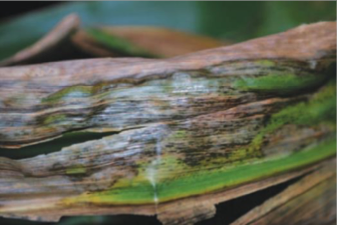
Key Symptom: Black spots in lesion.
Confused with: Drought damage, heat stress and scalding, and other leaf diseases such as Stewarts Wilt, Northern Corn Leaf Blight or Diplodia.
©Copyright 2016. This information may have been accumulated from publicly available sources outside of Dyna-Gro Seeds, or its affiliates. Individual results may vary, and performance may vary from location to location and from year to year. This result may not be an indicator of results you may obtain as local growing, soil and weather conditions may vary. Dyna-Gro® is a registered trademark of Loveland Products, Inc. Featured logos are service/trademarks of their respective owners.
